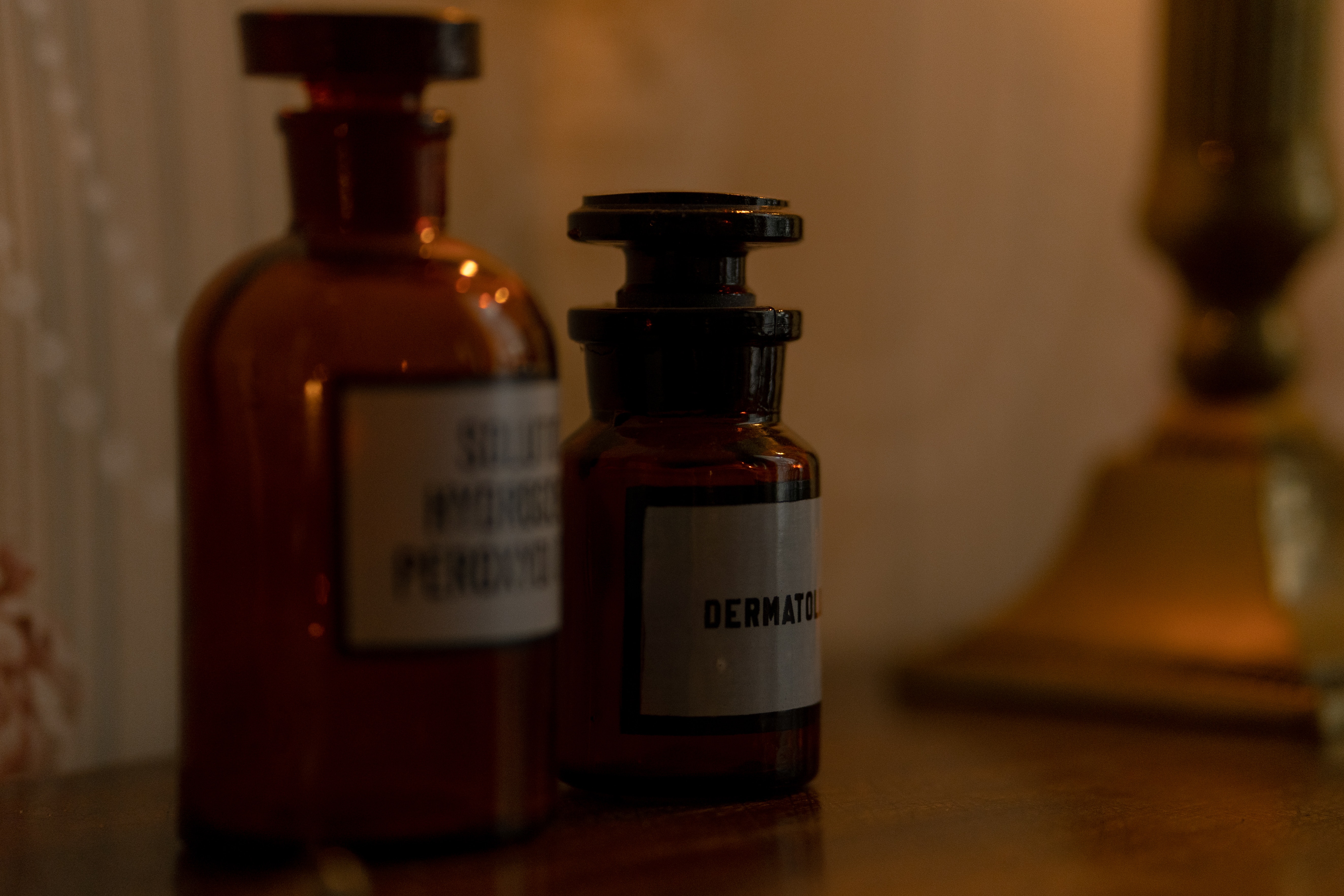Mercury and Morphine: Dangerous Products Once Marketed for Infants
Posted by Giovana Celli on Sep 4th 2023
Ever think that today's world is somehow more dangerous or toxic than in generations past? You might want to think again. Believe it or not, there was a time not that long ago when companies actually marketed products for babies and toddlers that we now know to be deadly. Mercury and morphine - these were ingredients that at some point were promoted as perfectly safe and even beneficial for the littlest members of the family.
Looking back now, it's hard to imagine how we as a society could have been so ignorant about health and child development. But the truth is, we didn't always understand the impact that chemicals, drugs and questionable medical practices might have on infants and children. What seemed like innovative products at the time would today be considered outrageously dangerous. Here are a few of the cringe-worthy items that were once marketed for babies that you'll be shocked to discover.
Mercury: Used as a Cure-All in Teething Powders
Back in the 1800s, teething powders containing mercury were marketed as a cure-all for fussy infants. Parents were told that these powders could soothe teething pain and treat other ailments. But mercury is extremely toxic, especially to young children, and led to mercury poisoning in many babies.
These teething powders contained calomel (or mercurous chloride), a compound of mercury and chlorine. The frequent use and the powder's high mercury content caused mercury poisoning in many infants, leading to symptoms like excessive salivation, skin rashes, and neurological damage.
By the early 1900s, as the dangers of mercury became known, teething powders fell out of favor. But some companies continued selling these toxic products into the mid-1900s. It's appalling these products were marketed for such a long time given how severely mercury impacts development in young kids.
Today, we know teething pain can be safely soothed using teething rings, a cold wet washcloth in the fridge, infant acetaminophen, or gently massaging the gums. If your baby seems excessively fussy, it's best to talk to their pediatrician. Never use any product containing mercury, since even small amounts can be lethal.
Our knowledge about health and safety has come a long way. But it's shocking to look back and see how willing companies were to endanger infants by using toxic ingredients, and how unaware parents and doctors were of the risks. Let's hope we continue learning from past mistakes and make child health and safety a much higher priority.

Mrs. Winslow's Soothing Syrup: Morphine and Alcohol for Toddlers
Mrs. Winslow's Soothing Syrup was marketed to mothers in the 19th century as a way to soothe teething pain in infants and toddlers. Little did parents know, this "soothing syrup" actually contained morphine and alcohol.
Morphine is an opiate that acts as a painkiller, while alcohol can have intoxicating effects. Neither substance is safe or appropriate for young children, especially in the high doses that were present in the syrup. As you might imagine, this combination of morphine and alcohol had devastating effects on infants and toddlers.
Some of the dangers and outcomes included:
- Addiction and overdose: The potent combination of morphine and alcohol was highly addictive and a severe overdose risk, especially when misused. Unfortunately, misuse and accidental overdoses of the syrup did occur, sometimes resulting in death.
- Impaired development: The ingredients negatively impacted infant development, coordination, senses, and learning. The long term effects of exposure at such a young age were unknown but suspected to be substantial.
- "Soothing" claims: The misleading marketing and labeling as a "soothing syrup" for teething pain led parents to believe it was a safe treatment for their children when in reality it was anything but. Parents were unaware of the risks and dangerous ingredients.
By the early 20th century, the dangers of products like Mrs. Winslow's Soothing Syrup became known, and they were eventually banned. However, for decades these types of products were aggressively marketed to and used by unsuspecting parents, with devastating consequences for many children and families. Although shocking by today's standards, at the time there was little understanding of the effects of morphine and alcohol on infants and children.
This troubling history serves as an important reminder of the need for safe practices, education, and product testing when it comes to anything marketed for use on infants and children. Their health and well-being should be the top priority.
Conclusion
So there you have it, some pretty shocking examples of products that were once marketed for babies but now seem completely bonkers. Thanks to science and regulations in place we can prevent these kinds of dangerous products from reaching store shelves and cribs. As a parent today, you can feel confident that the toys, foods, medicines and other products you buy for your little ones have been thoroughly tested and vetted. Our kids today are so much safer and healthier as a result of the hard lessons learned from past mistakes. Still, it's always a good idea to do your own research and check product reviews before giving anything new to your baby. Safety first, as they say!
